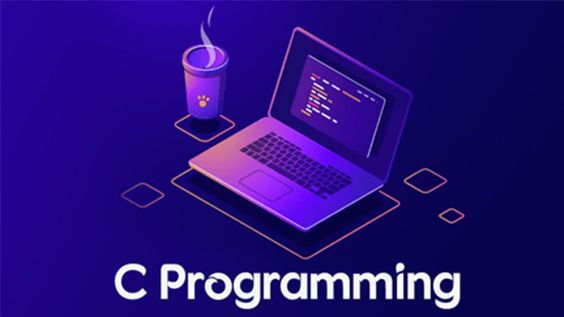Amplifying Efficiency and Flexibility: The Power of C and C++ in IoT Development
- tanvik96
- Oct 17, 2023
- 2 min read

Introduction
In the fast-evolving world of technology, the demand for efficient embedded systems and interconnected devices is skyrocketing. From smart home solutions to industrial automation, the need for reliable systems has never been more critical. Stepping into this realm, two stalwart programming languages, C and C++, have emerged as champions, offering unparalleled efficiency, low-level hardware access, and exceptional portability for developers and engineers.

Efficiency at the Core:
When it comes to embedded systems and IoT(a network of interconnected physical devices that communicate and exchange data over the internet, enabling automation and data-driven decision-making without human intervention), performance reigns supreme. Both C and C++ provide developers with the tools to optimize code execution and manage resources efficiently. C, with its simplicity and proximity to hardware, allows the creation of sleek and effective code, making it an ideal choice for resource-constrained embedded devices. On the other hand, C++ takes this efficiency a step further by incorporating object-oriented programming (OOP) principles, facilitating the creation of intricate yet streamlined software architectures.

Low-Level Hardware Access:
Embedded systems demand direct engagement with hardware components, necessitating precise control over memory allocation and device peripherals. Here, the low-level features of C and C++ come to the fore. Developers can manipulate hardware registers, manage memory, and control device-specific functionalities, ensuring optimal performance crucial for time-sensitive applications like automotive systems and industrial control units.

Portability and Adaptability:
One of the defining characteristics of C and C++ is their high portability across various platforms and architectures. This trait is especially vital in the diverse landscape of IoT, where a multitude of devices, operating systems, and hardware configurations coexist. C and C++ empower developers to build applications that seamlessly run on different devices, ensuring consistent performance and functionality irrespective of underlying hardware differences. This adaptability streamlines the development process and simplifies the integration of IoT devices into interconnected networks effortlessly.
Conclusion
In the dynamic technological landscape, the irreplaceable role of C and C++ in developing embedded systems and IoT applications is a testament to their enduring relevance. Their efficiency, low-level hardware access, and cross-platform capabilities continue to empower developers to build robust, high-performing, and scalable solutions that fuel innovation and redefine our interactions with the world around us.
Stay tuned for more profound insights into the transformative power of programming languages in shaping the future of technology and interconnected systems.




Comments